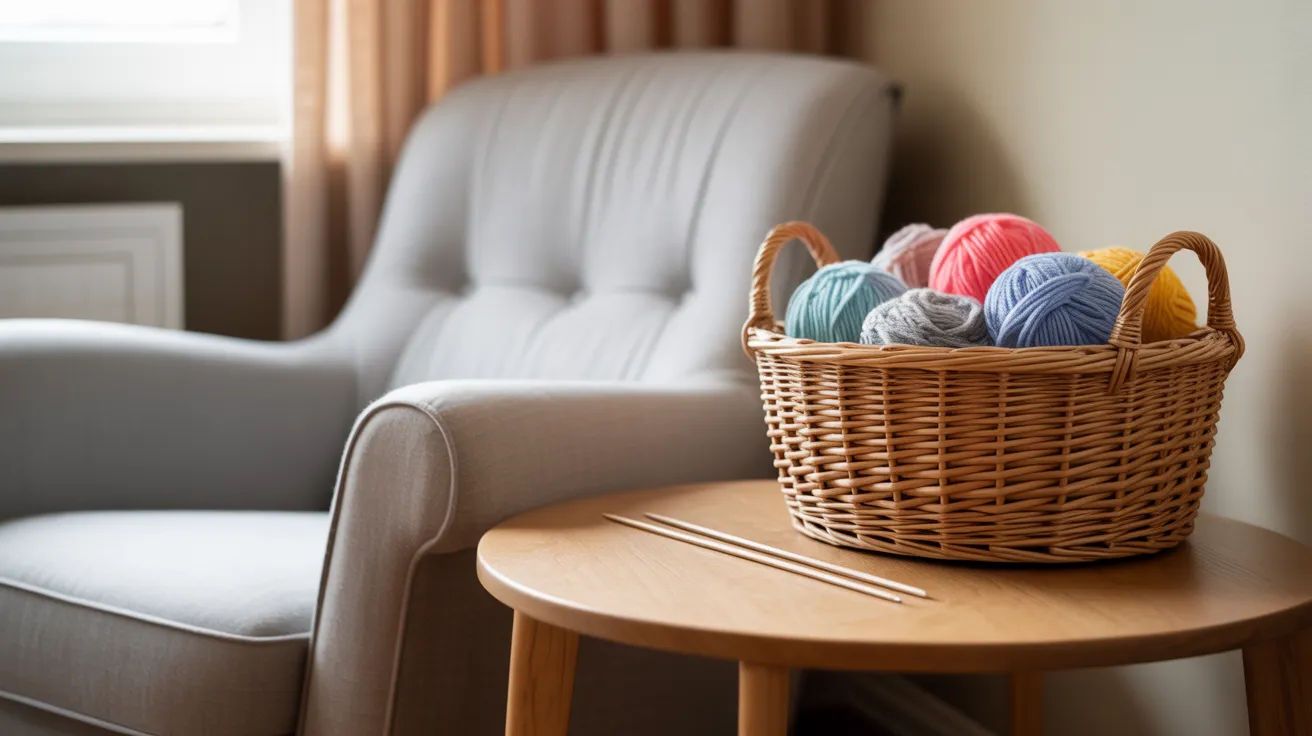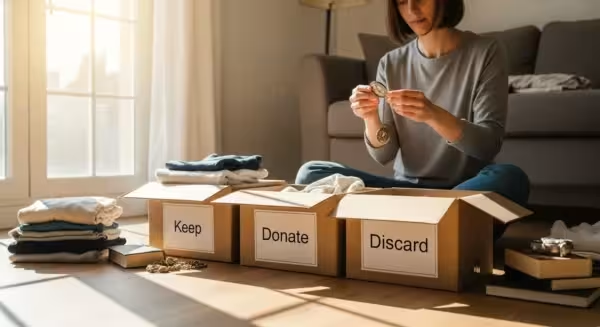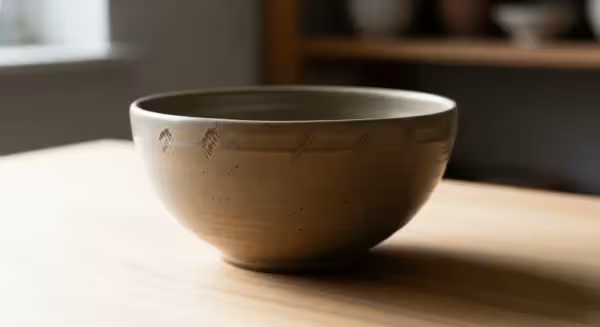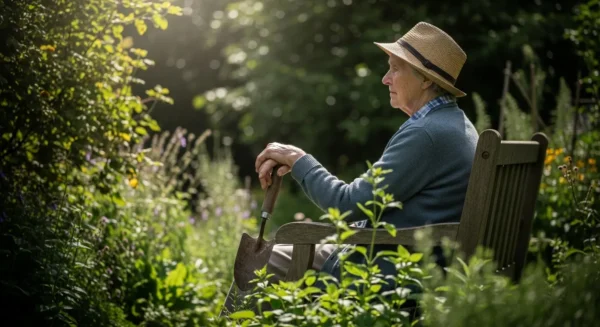
Tips for Getting Started and Making Connections
Feeling inspired? That’s wonderful! Here are a few practical tips to help you turn that inspiration into action and make your crafting journey a success.
Start Small and Be Patient: Don’t try to tackle a king-sized quilt on your first day. Choose a small, simple project, like a single painted rock or a no-sew blanket. Success builds confidence. Remember, the goal is enjoyment, not perfection. Every artist makes mistakes—they are just part of the learning process!
Create a Dedicated Space: You don’t need a full-blown art studio. A small table in a well-lit corner, a comfortable chair, and a box to store your supplies is all it takes. Having a dedicated space makes it easier to sit down and create whenever the mood strikes.
Use Adaptive Tools if Needed: Don’t let physical limitations discourage you. There are amazing tools designed to make crafting more accessible. Look for ergonomic crochet hooks, spring-loaded scissors that are easier on the hands, magnifying lamps for detailed work, and needle threaders. Your comfort is key.
Join a Group or Take a Class: Crafting can be a solo activity, but it’s often more fun with others. Check your local senior center, library, or community college for classes. Craft stores like Michaels or Jo-Ann often host workshops. Joining a group provides encouragement, inspiration, and most importantly, friendship.















